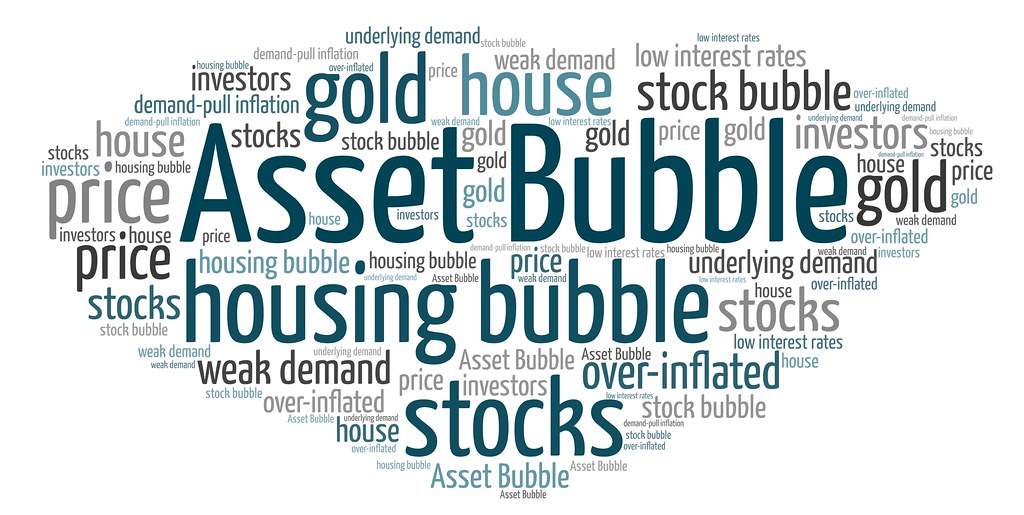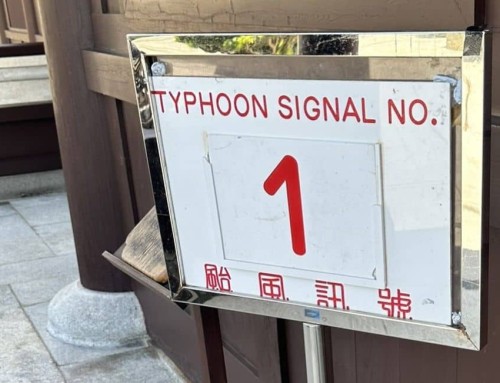
Next year will be a crucial year for European bonds as the ECB announced last month that it will cut back on its quantitative easing program from the start of next year, but it stressed that it will continue to buy sizable quantities of investment-grade corporate debt. When the ECB stops buying corporates, the junk bond market may be a huge mess as investors rush for the exit at the same time.
Unsurprisingly European corporations have been issuing record amounts of debt this year taking advantage of strong investor demand and record low yields. Formerly distressed companies in the retail sector recently raised capital via new bonds and the Italian telco Wind Tre had a record 7.3 billion Euro bond issuance that saw investor demand surpass 25 billion Euros. Wind Tre sold 5-year notes with a yield of just 2.625% and 7-year notes of just 3.125%.
While junk bonds are in high demand, it seems to have a similar feel to subprime in 2006. Back then the worst mortgages were packaged and sold as high quality with very low yields. This time it is due to central bank manipulation that is pushing junk bond yields to levels on par with the safety of US Treasuries. There is no doubt that it is a massive bubble, and it is only a question of when it will burst and hopefully the problem doesn't spread throughout all the financial system. The European economy has surprised to the upside in 2017 but this doesn't look like healthy environment and we question how long they can continue this manipulation of their corporate bond market to stimulate growth.
What happens during the next European recession? Do junk bonds trade into negative yield territory?
“Asset Bubble” by EpicTop10.com is licensed under CC BY 2.0






